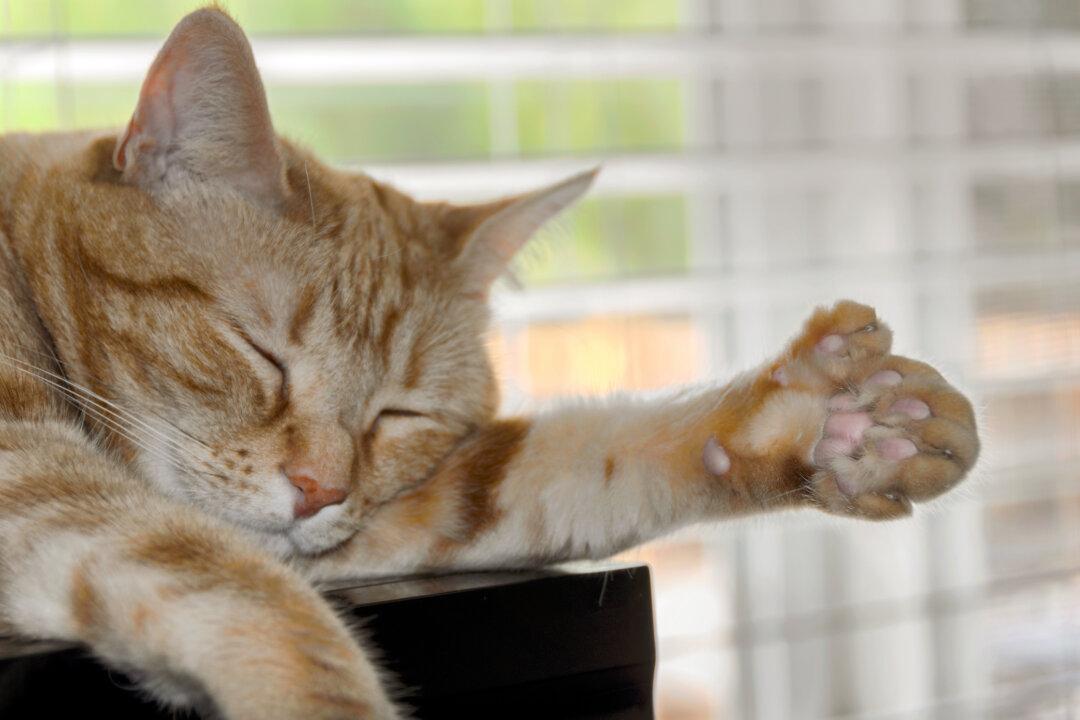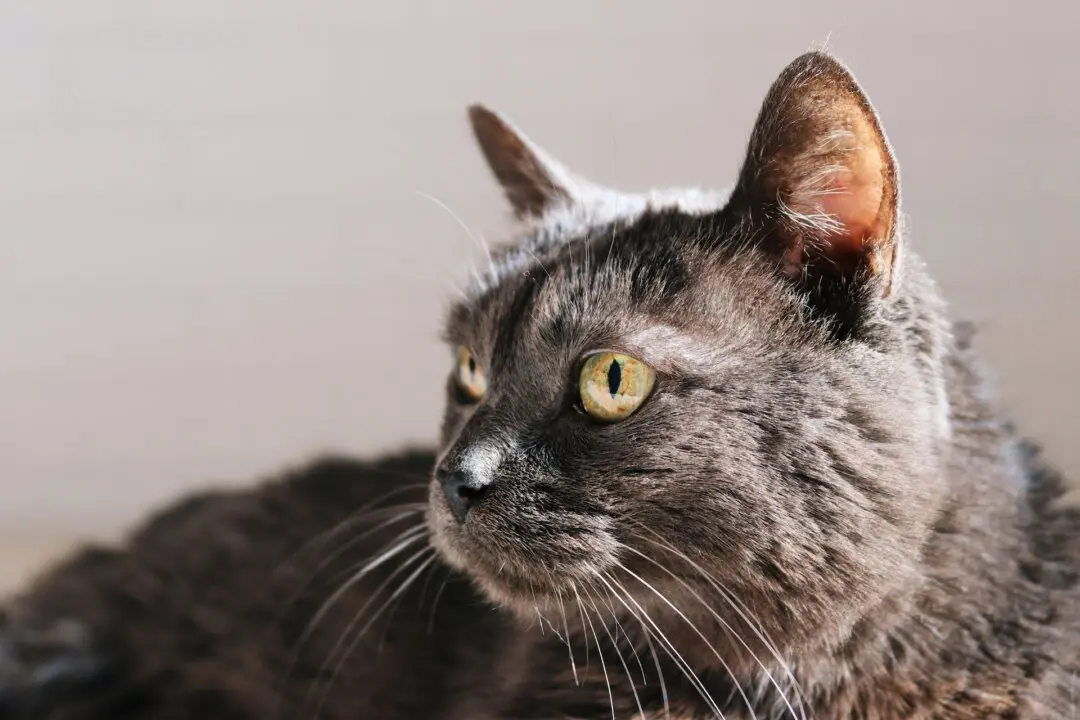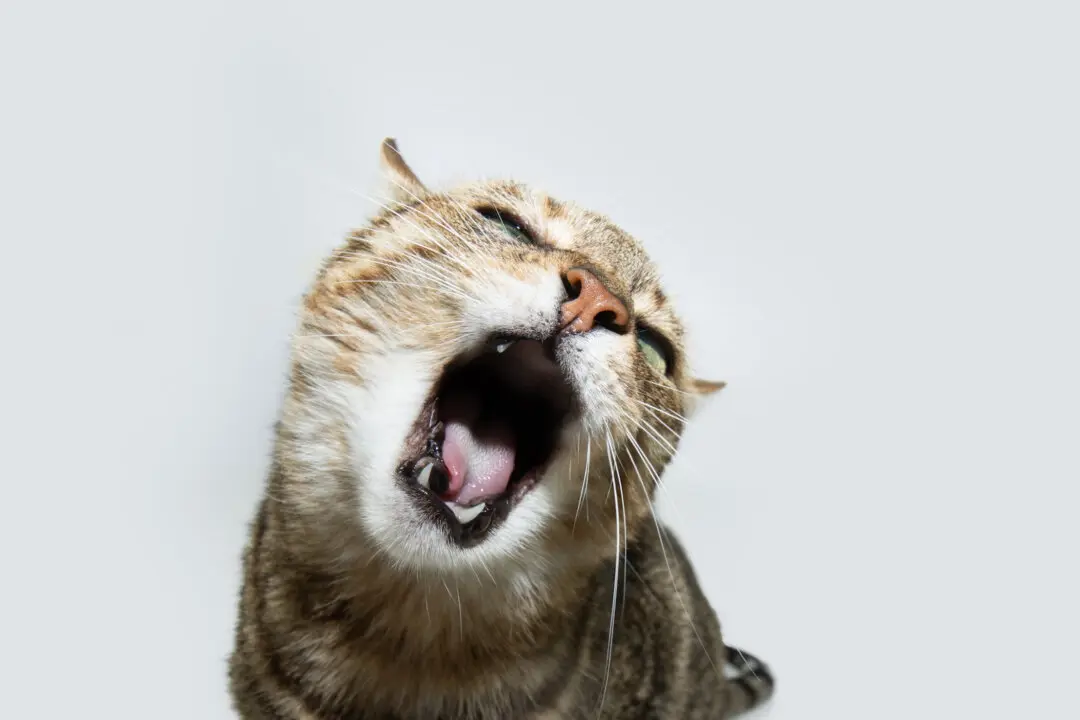Q: I’ve had cats before, but none ever looked like the cat I adopted this week from the shelter. Both of her front paws have the normal four toes—plus three thumbs instead of one. I’ve never seen a cat with so many thumbs. What is this called? Should the extra thumbs be surgically removed?
A: Your new cat is polydactyl, which in Greek means multiple (poly-) digits (-dactyl). This common, inherited condition poses no problems, provided that you trim the claws on the thumbs to prevent them from growing into the pads.





